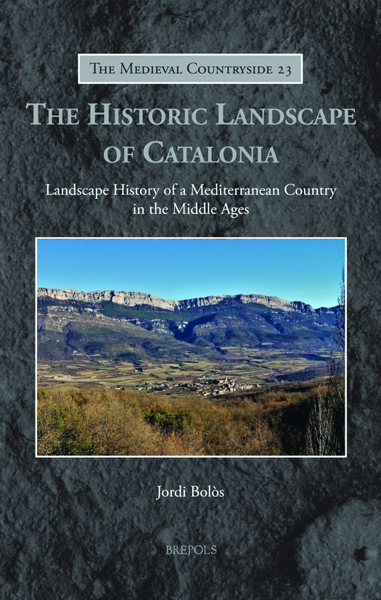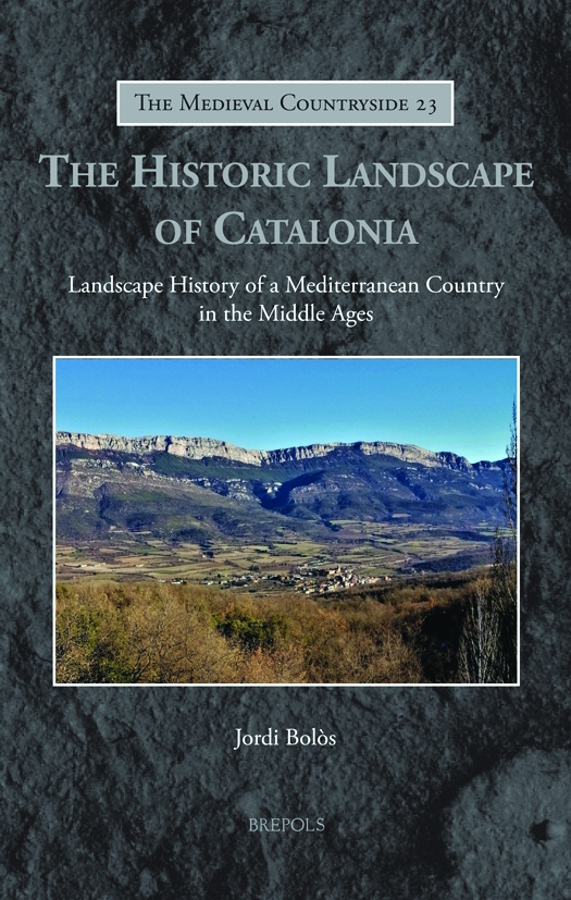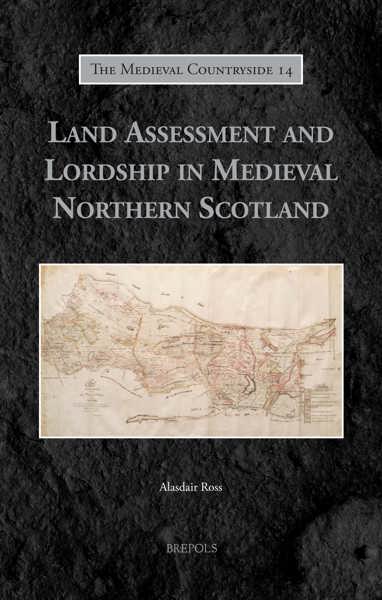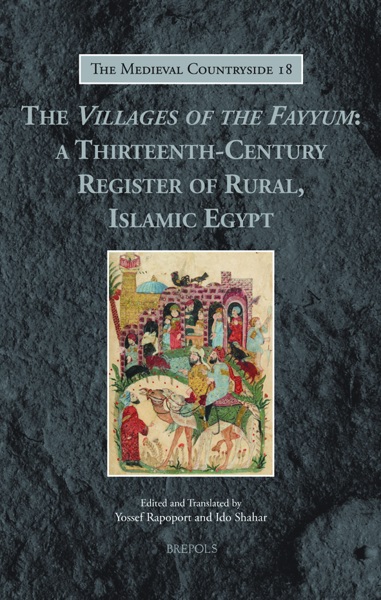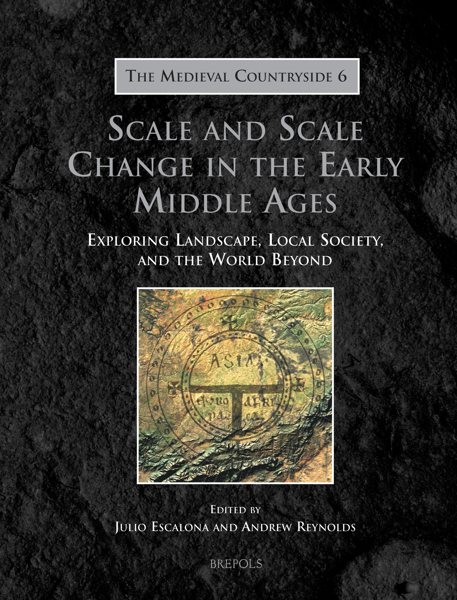
The Historic Landscape of Catalonia
Landscape History of a Mediterranean Country in the Middle Ages
Jordi Bolòs
- Pages: 469 p.
- Size:156 x 234 mm
- Illustrations:77 b/w
- Language(s):English
- Publication Year:2023
- € 110,00 EXCL. VAT RETAIL PRICE
- ISBN: 978-2-503-60305-6
- Hardback
- Available
- € 110,00 EXCL. VAT RETAIL PRICE
- ISBN: 978-2-503-60326-1
- E-book
- Available
An extensive study of the landscape of the Mediterranean country of Catalonia, and how analysis of man-made transformations help us to understand political, social, economic, and cultural changes.
« Un glossaire, une très longue bibliographie et des index, onomastique, topographique et de thèmes, couronnent l’ensemble. Le lecteur qui parcourra la région ou cherchera des informations spécifiques sur un village, un château ou une exploitation minière trouvera indubitablement dans cet ouvrage une réponse à ses questions. » (Adeline Rucquoi, dans Francia-Recensio, 1, 2024)
"(...) the book provides a very engaging guide that will be of enduring value, especially for international readers." (Sam Turner, in Landscapes, 24(2), 2023, pp. 166-167)
"The Historic Landscape of Catalonia offers a number of important insights that make it a productive contribution to a new and fast-growing interdisciplinary field. (…) Bolòs set for himself an immense task. His heroic striving for comprehensive coverage of a huge scholarly and evidentiary terrain makes it extraordinarily clear that he knows so much more than he has packed into these pages." (Michael Vargas, in Mediaevistik, 36(1), 2023, p. 281)
"This book aims to introduce the landscape history of Catalonia to the international reader, and it largely accomplishes that goal. (...) The Historic Landscape of Catalonia is no less than an attempt to package up an entire thriving field of local scholarship and deliver it to another language community of scholars." (Abigail Agresta, in The Medieval Review, 01/12/2024)
"(...) This book is extremely elegant in every sense and provides a splendid template for looking at other regions and their development in historical times and earlier." (John N. Crossley, in Parergon, 41(2), 2024, p. 233)
"The book serves both as a theoretical and as a methodological reflection. It acts as an invaluable resource for university education, while also aiming to have its conclusions foster well-designed, sustainable landscapes." (Maria-Antònia Martí Escayol, in Speculum, 100/1, 2025, p. 214)
Jordi Bolòs is professor at the University of Lleida. He is dedicated to the study of the historical landscape of Catalonia. In 2004, he published extensive research on the origins of the Catalan landscape. He has also published ten volumes of an atlas on the counties of Carolingian Catalonia (1998-2018) and a book on the medieval townscape of the city of Lleida (2008). He has also studied the everyday life during the late medieval period.
The landscape around us is largely the result of man-made transformations. It consists of villages, farmsteads, cities, fields, ditches, and roads. This book examines how the landscape of the Mediterranean country of Catalonia was created and transformed. Although Catalonia’s history goes back before the Middle Ages, it was during the medieval period that it saw significant development, which has continued ever since. Understanding the landscape helps us understand political, social, economic, and cultural changes. In this book we discover how the settlements built around a castle or a church were created, and what the open villages and new towns were like, both in Catalonia and in neighbouring territories. The book also explores the formation of cities and towns as well as the significance of hamlets and farmsteads, based on data provided by written documents and archaeological excavations. It also explores the formation of fields, ditches, and irrigated areas, and shows the importance of understanding the boundaries and demarcations that enclose valleys, villages, castles, and parishes. Finally, special attention is devoted to place names and cartography, as these shed light on numerous historical realities.
Chapter 1: Introduction
Chapter 2: Houses Become a Village: The Villages of the Pyrenees
Chapter 3: Churches, Monasteries, and Villages: In Each Village a Church
Chapter 4: Castles and Castral Villages: The incastellamento of the Landscape
Chapter 5: New Towns and Complex Settlements
Chapter 6: Hamlets and Farmsteads: The Dispersal of the Population
Chapter 7: The Medieval Towns and Cities: The Other Side of the Medieval Landscape
Chapter 8: Cultivated Land: The Relevance of Pre-Medieval Past
Chapter 9: Coombs, Terraces, Concentric Forms, and Land Strips
Chapter 10: Irrigated Land, Rivers, and Lakes
Chapter 11: The Importance of Mills, Iron, and Salt
Chapter 12: Woodland and Pastureland: Changes in Vegetation and Environment
Chapter 13: Roads and Pathways, the Network that Organizes the Landscape
Chapter 14: Boundaries and Territories: A Country Full of Old Borders
Chapter 15: The Importance of Toponymy
Chapter 16: Mapping the Historical Landscape
Conclusion: Studying Historic Landscapes Bridges Gaps Between the Past and the Present
Glossary
Works Cited
Index of Personal Names
Index of Place Names
Index of Subjects
